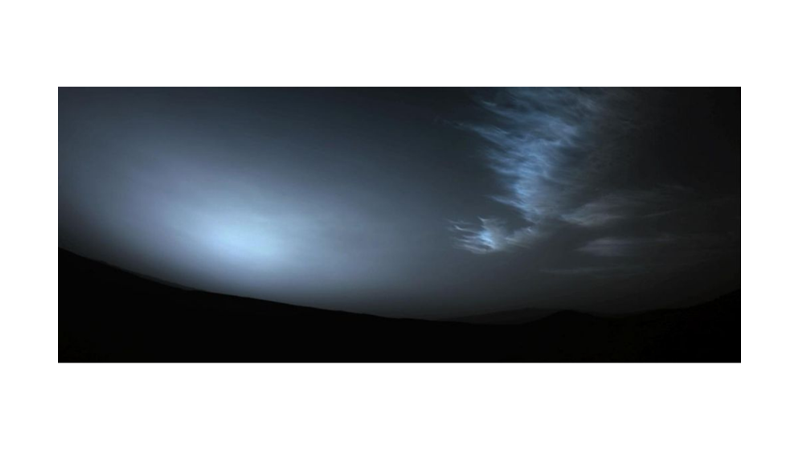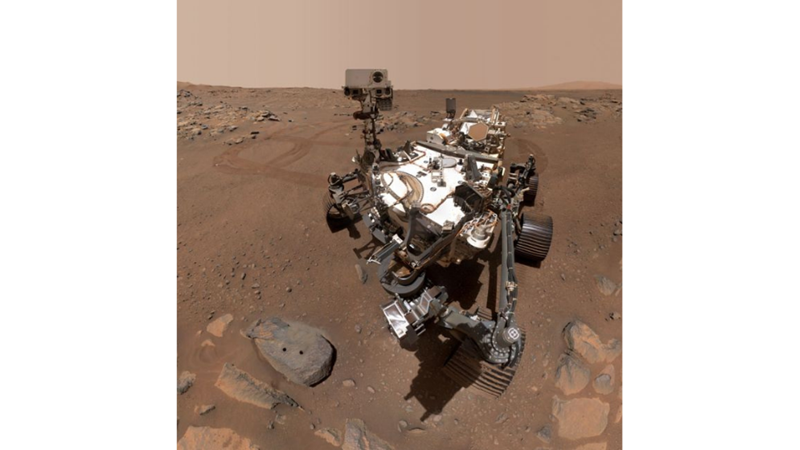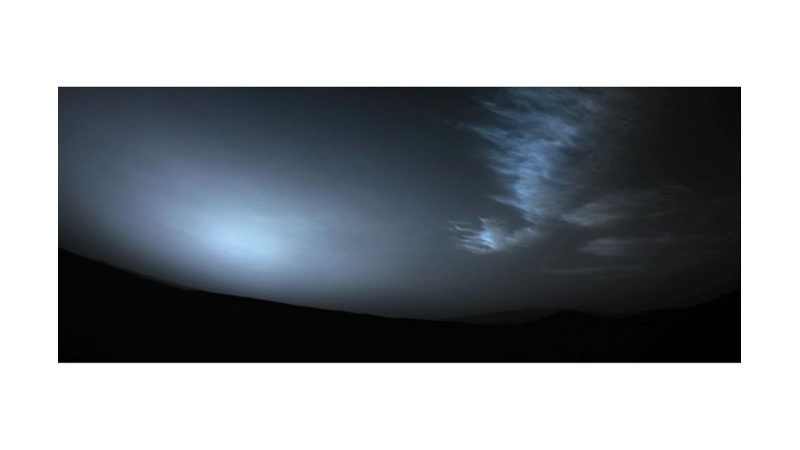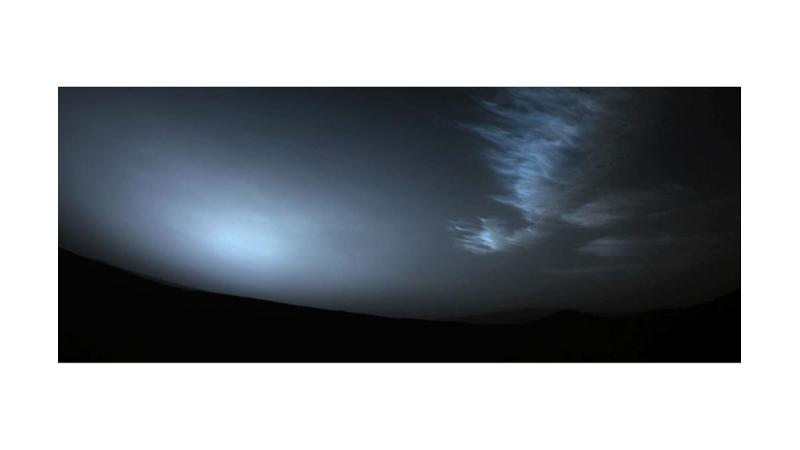An experiment on Mars has shown that it is possible to extract breathable oxygen from the thin Martian atmosphere.
In its tiny nest in the belly of NASA's Perseverance rover, the briefcase-sized Mars Oxygen In Situ Resource Utilisation (ISRU) Experiment (MOXIE) repeatedly breaks down molecules in Martian air to create a small but steady supply of oxygen.
Now, MOXIE is preparing to retire after a job well done.
"MOXIE's impressive performance shows that it is possible to extract oxygen from Mars' atmosphere, oxygen that could help provide future astronauts with breathable air or rocket propellant," says NASA Deputy Administrator Pam Melroy.
"Developing technologies that enable us to utilise resources on the Moon and Mars is critical to establishing a long-term lunar presence, creating a robust lunar economy and enabling us to support the first human expedition to Mars."
The MOXIE experiment, designed by MIT scientists, has been running since Perseverance landed on Mars in February 2021. Not continuously; operators on Earth have sent commands to MOXIE to see how it operates over time in different Martian conditions.
Since then, over 16 runs, MOXIE has produced a total of 122 grams of oxygen. According to NASA, this is enough to keep a small dog breathing for 10 hours or a human breathing for 4 hours.
It works by electrolysis, using a current to electrochemically break down carbon dioxide into its constituent atoms. MOXIE sucks in Martian air through a filter that purifies it. This purified Martian air is then compressed, heated and sent to the Solid Oxide Electrolyser (SOXE). The electrolyser separates carbon dioxide into carbon monoxide and oxygen ions.
The carbon monoxide is expelled, but the oxygen atoms are recombined as O2 or molecular oxygen; the kind we need to survive. This gas is then measured for quantity and purity before being expelled again.
Each run lasts several hours. After several hours of warm-up, MOXIE collects oxygen for 1 hour per experiment and then switches off power for a period of time. In this one hour of operation, MOXIE is designed to produce up to 10 grams - about 20 minutes of breathable oxygen for an astronaut.
This is at least on paper. How much it actually produced varied; on its sixteenth run on 7 August, MOXIE extracted about 9.8 grams of breathable oxygen, pretty close to its target. This shows that no matter how thin and weak the Martian atmosphere is, it can provide a source of oxygen.
Even in the worst case, a device like MOXIE could supplement other oxygen sources, reducing the amount of cargo that needs to be transported from Earth.
But with what they have learnt from MOXIE, researchers led by MIT physicist and MOXIE principal investigator Michael Hecht believe they can develop a full-scale system that includes a new and improved version of the oxygen extraction device, a means to liquefy this gas and a way to store the liquid.
Future Martian explorers will need all kinds of help to become self-sufficient. Between the breathing requirements of a team of astronauts living on Mars for a year and the liquid propellant needed to power a spacecraft, about 500 metric tonnes of oxygen will be needed.
Still, it will have to wait. There are many problems that need to be tested and solved before humans can begin an extended stay on the red planet. Oxygen is just one of them.
"We have to make decisions about what things need to be validated on Mars," says Hecht. "I think there are a lot of technologies on that list, and I'm very pleased that MOXIE is the first."
Source: https://www.sciencealert.com/


 Nielawore
Nielawore












Yorum yazmak için lütfen giriş yapınız